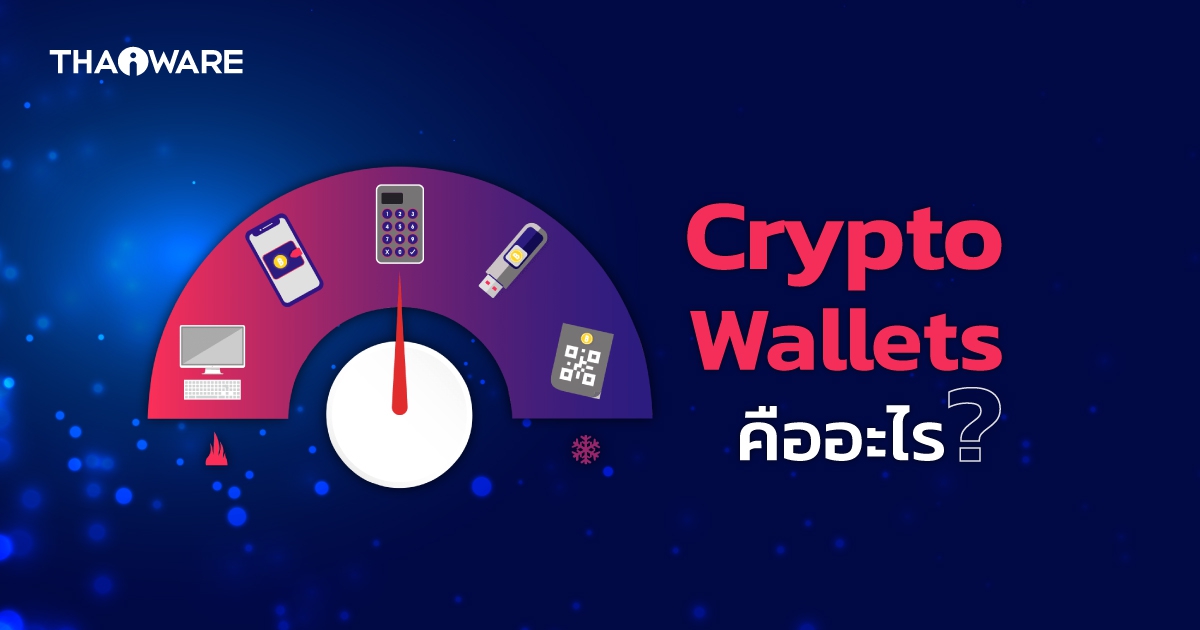Litecoin (LTC: Litecoin, is a digital currency that is decentralized, and is a variant of the Bitcoin protocol. However, it does have many key differences, including faster block generation speed and an entirely different algorithm for hashing.
Monero (XMR): Monero is a cryptocurrency that is focused on privacy. It uses several features including secure addresses and ring signatures to improve the security and privacy of transactions.
TRON(TRX): TRON is an exchange of cryptocurrency as well as a blockchain platform that can support decentralized applications and content sharing. TRON is a peer-to-peer blockchain (P2P), networking technology that aims to build an all-encompassing digital entertainment system. Read the top rated trusteeglobal.eu/usdt-wallet/ for blog info.

Differences:
Bitcoin is a decentralized digital currency. Ethereum is a decentralized platform that enables creation of custom tokens.
Monero is focused on security and privacy while TRON seeks to build an international electronic entertainment system.
TRON employs a Delegated Proof of Stake (DPoS) consensus mechanism, whereas other cryptocurrencies use the Proof of Work (PoW) or Proof of Stake (PoS) mechanism.
10 Things I Must Know About A Usdt Wallet
The goal of a USDT wallet is to keep, send and receive Tether (USDT) that is a stable cryptocurrency that is tied to the US dollar. Specifications Choose a USDT wallet with key attributes like backup, security recovery options, simplicity of usage, and security.
Safety: Securely save your USDT and enable two-factor authentication. Keep your private key safe.
Private and public keys: Just like other cryptocurrency wallets, USDT wallets also have public and private key. The public key can be used to receive USDT, while the private key is utilized to transfer and access USDT.
Receive USDT: Please share your publickey with the sender to get USDT.
Sending USDT: To send USDT, enter the recipient's public key and the amount you would like to send.
Transactions: All transactions made using USDT wallets will be stored on the blockchain.
Pegged value USDT: USDT is tied to the US dollar's value, which implies that its value stays stable in relation to the dollar.
Conversion: USDT could be converted to fiat or other crypto money through exchanges.
Integration: USDT wallets have the ability to be integrated with other financial services and exchanges. This makes it possible to transfer funds. Follow the most popular usdt wallet for website examples.

10 What I Must Learn About Etherium Wallet
Types: There are a variety of types of Ethereum wallets. They include software wallets aswell as hardware wallets.
Key features Look for an Ethereum wallet offering essential features like security (e.g. It must offer encryption, backup and retrieval options, as well as ease-of use.
Security: You can save your ETH in a secure wallet. Two-factor authentication is an option. Your private key must be kept safe and secure.
Public and private keys: An Ethereum wallet comes with the public key that allows you to access ETH and a private key to access and send ETH.
Receiving Ethereum: To receive ETH, share your public key with the sender.
Sending Ethereum: Enter the recipient's public keys and the amount you would like to send.
Transactions: Transactions that are made using the Ethereum wallet are recorded on the Ethereum blockchain. This public ledger contains every ETH transactions.
Gas fees: Ethereum transactions need gas. This is a fee in ETH that must be paid to the network. Be aware of gas costs when you make transactions.
Contract support. Some Ethereum wallets provide contract support. Check out the most popular tether wallet for website recommendations.
10 Things You Need To Know About The Monero Wallet And The Xmrwallet App
Purpose: A Monero (XMR) wallet is a software application used to store, send, and receive Monero, a privacy-focused cryptocurrency.Types: There are different types of Monero wallets, including software wallets, hardware wallets, and paper wallets.
The key features are: Monero wallets have key features like security (e.g. encryption) as well as backup and recovery options, and ease of use.
Security: Safely store your XMR and enable two-factor authentication. Make sure you keep your private key.
Public and private keys: A Monero wallet has an address for public use, used for receiving XMR, and an private view key used for viewing incoming transactions, and a private spend key, used for accessing and sending XMR.
Receive XMR Send XMR: Share your email address with the sender in order to be able to receive XMR.
Sending XMR - Enter the address of the public and amount you wish for the recipient to enter.
Transactions
Privacy: Monero's secret addresses rings, signatures on ring transactions, and encryption of transaction details makes it hard to trace the source, amount and destination.
Scalability: Monero has been designed to be scalable. This allows for an increase in transaction volumes when there is a greater demand. Read the recommended tron wallet for more advice.

How Is A Usdt Erc-20 And Tether Erc-20 Different?
USDT (Tether) It is a stablecoin that is pegged to US dollars. This means its value will be stable relative the US dollar. USDT is available on many blockchain networks such as Omni (a bitcoin-based network) and Ethereum (ERC-20). A USDT ERC-20 wallet holds USDT tokens created using the Ethereum blockchain according to the ERC-20 standard. Tether ERC-20 wallets are similar. They contain Tether (USDT), tokens created on Ethereum by using the ERC-20 standard.
The one difference between these kinds of wallets are the names used to refer to the stablecoin: USDT ERC-20 and USDT ERC-20. Both refer to the exact asset, a stablecoin which is tied to the US Dollar and that is built on Ethereum using the ERC-20 standard.